Looking for a break from the Spanish coastal tourist resorts, we took a winding drive up into the hills to Ronda, some 100 km (62 miles) from Malaga. Our views were spectacular with many multi million dollar mansions dotting the hillside. On a clear day the views across the Mediterranean reach as far as Morocco.
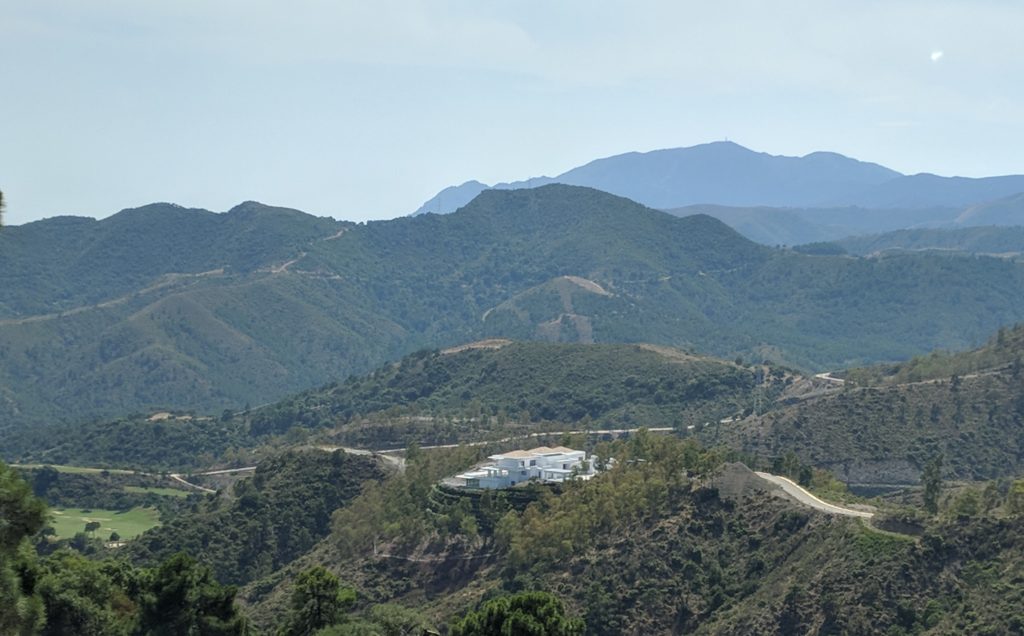
The ancient towns in the hinterland provide a contrast to the primarily modern coastal resorts. Ronda, like many places on the Iberian Peninsula, dates back to Roman times, spent several centuries under Berber or other Islamic control, eventually coming under Christian rule by 1492. The town is effectively two towns located on either side of a dramatic gorge of around 120 meters (300 feet) depth. The old town spread across the gorge when the impressive “Puente Nuevo” (New Bridge) was finished by 1793 at the top of the gorge.
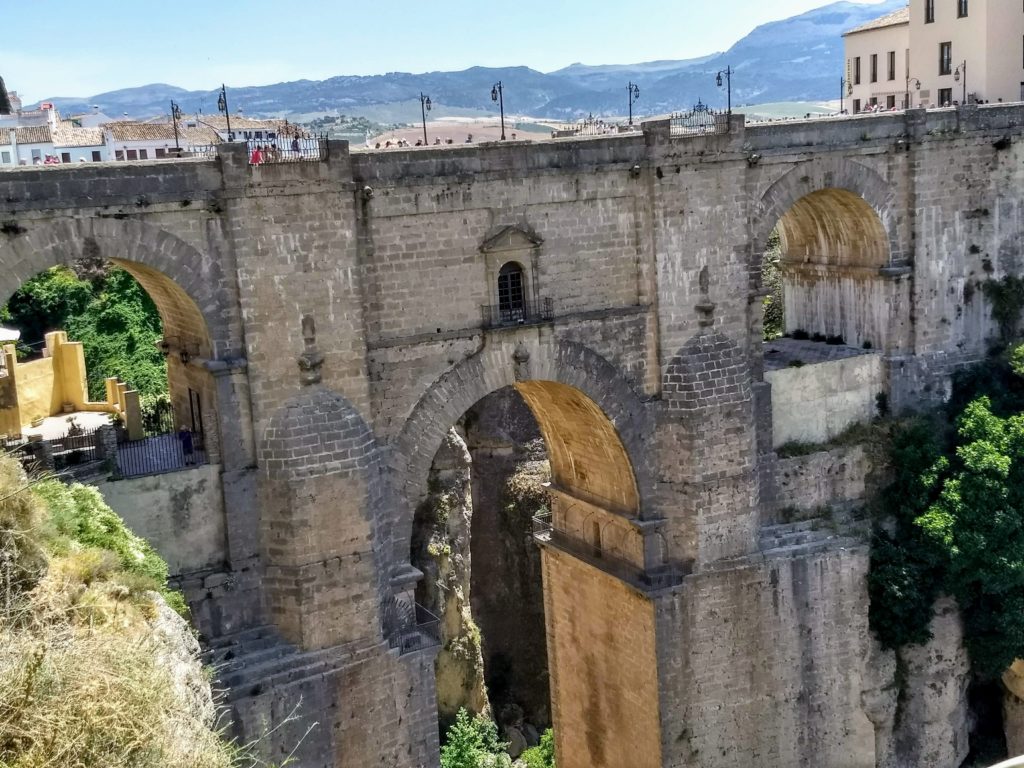
Throughout its history Ronda was a haven for outlaws and witnessed several violent periods. Ronda was heavily affected by the Spanish Civil War, which led to emigration and depopulation. The town also has Spain’s oldest bullring built in 1784, which claims to be the home of the modern bullfighting. Many artists were inspired by Ronda over the centuries. Ernest Hemingway and Orson Wells spent a lot of time in the city. Hemingway was a bullfighting enthusiast and he raved about the bull fight ring in Ronda. The scene in Hemingway’s, For Whom the Bell Tolls, describing the 1936 execution of Fascist sympathizers in a fictional village who are thrown off a cliff, is considered to be based upon actual events of the time in Ronda.
CLICK IMAGE TO VIEW CAROUSEL OF PHOTOS
Ronda is a small town and reflects what Spain is all about. With whitewashed buildings, cobbled streets, wrought iron balconies, orange trees and olive groves. The streets were built centuries ago when people and donkeys traveled their routes. Exceptionally, we opted for a horse and buggy ride through the old town with many narrow pedestrian streets. We thought it might be fun to see the city from a different perspective. The town and the bull ring does attract a fair number of visitors.
The town isn’t packed with must-see sights and museums. There are some old palaces, a beautiful church and convent. We are not fans of Spanish bull fighting, but the building is an impressive sight. It is home to a museum of the sport. They hold one fight a year in September which is part of the Feria de Pedro Romero festival.
We enjoyed a lunch overlooking the gorge. The views of the surrounding countryside of olive groves and vineyards are stunning.
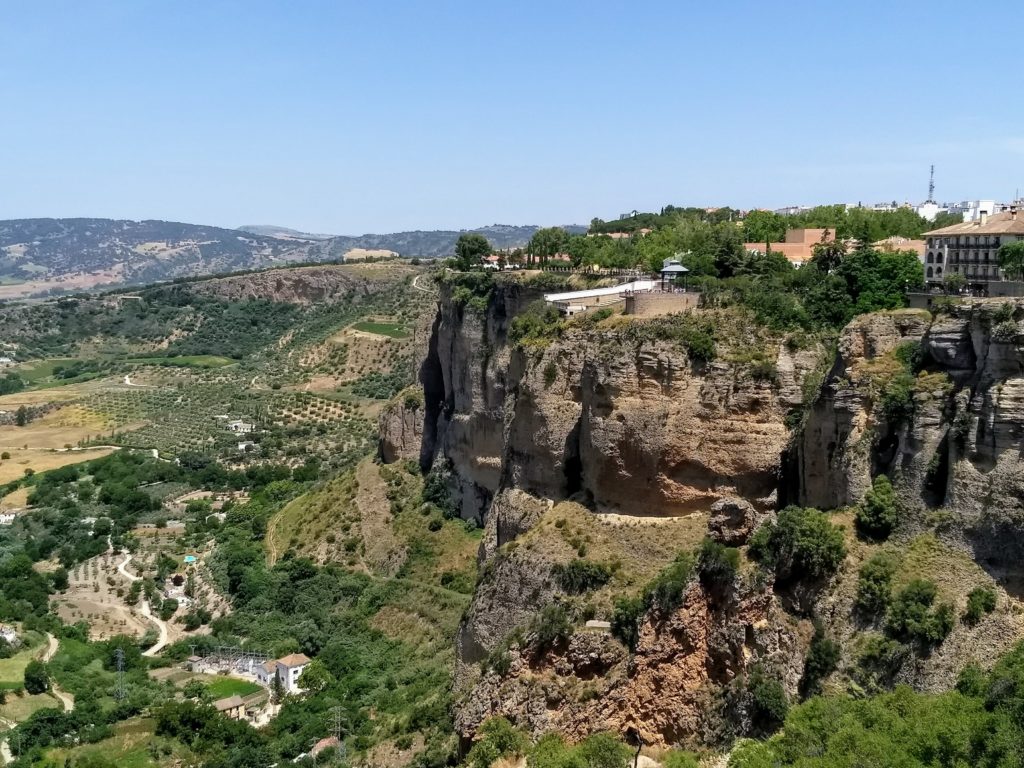
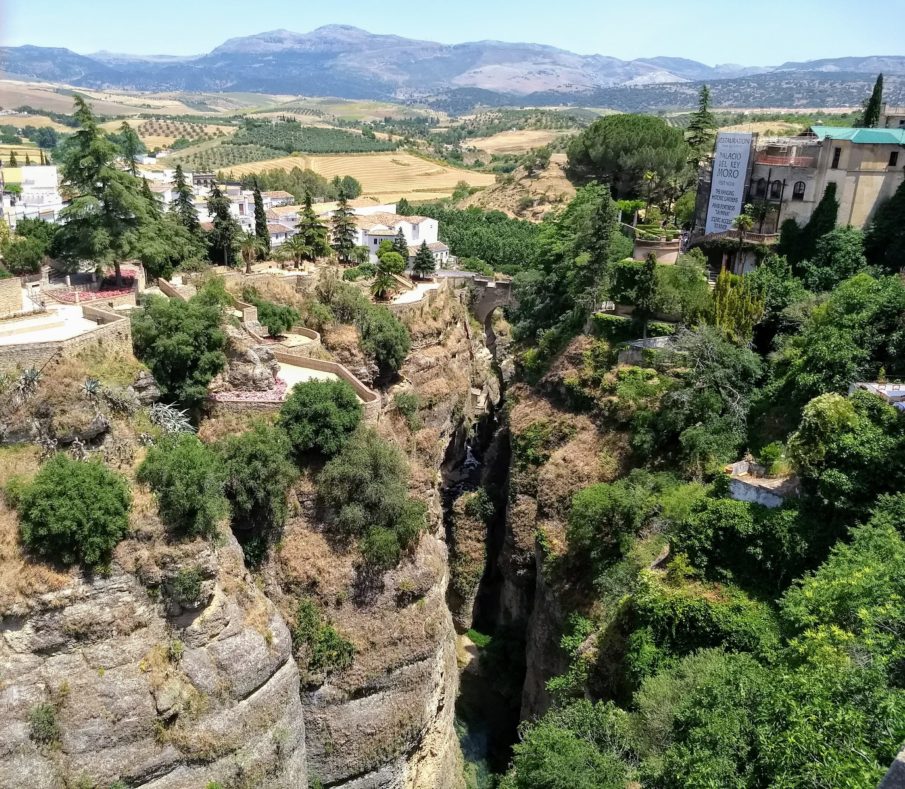
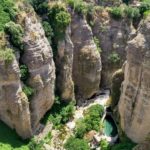
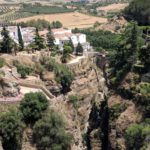
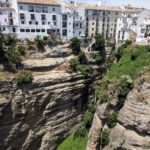
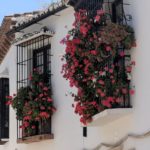
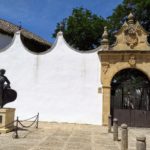
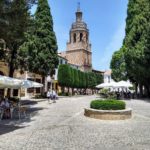
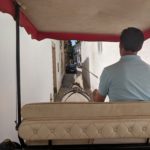
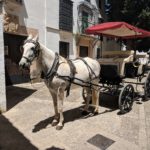
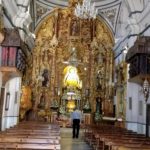
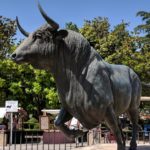
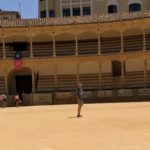
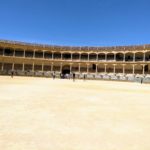
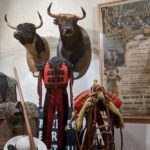
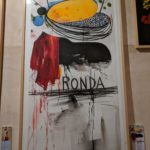
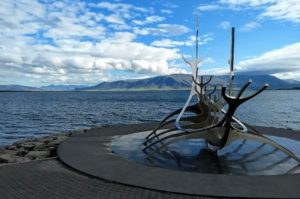
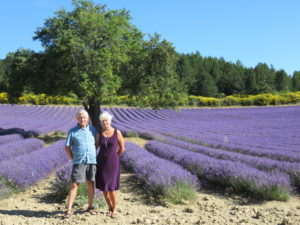
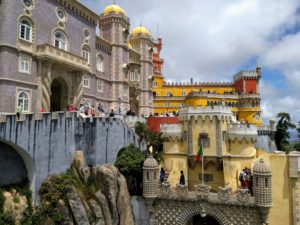
Comments
Great photos – I’ve never ventured away from the coast in Southern Spain – will definitely add Ronda to the wish list. Thanks.